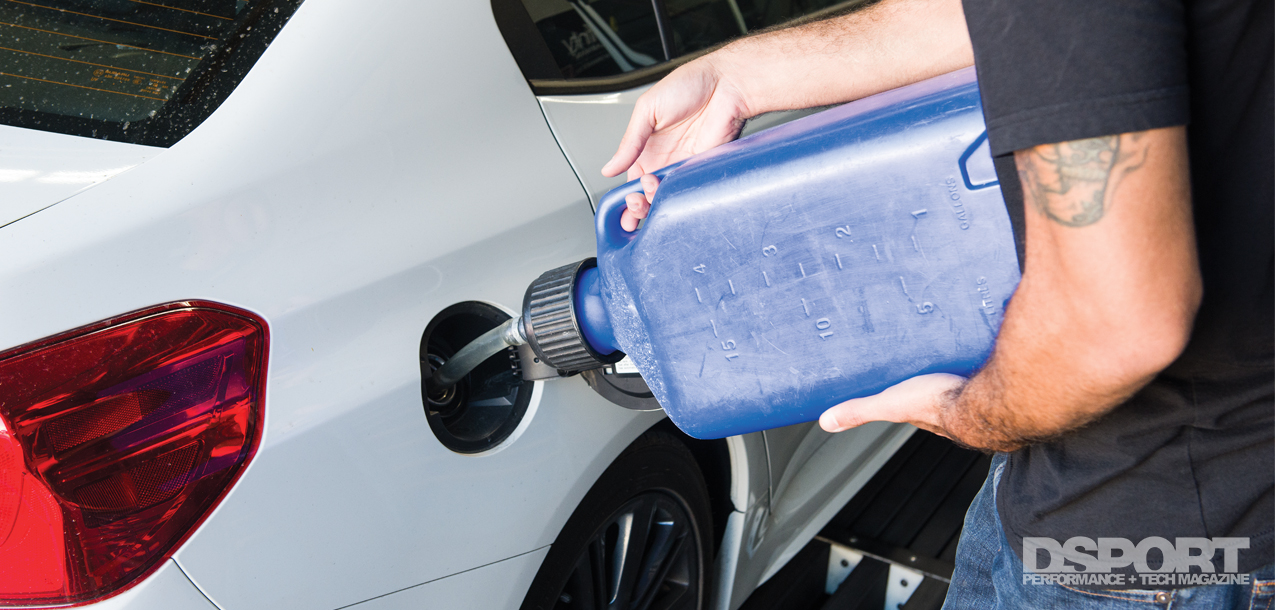DSPORT Issue #226 Text By Michael Ferrara One size never fits all and there is no one that is perfect for every application. When we visit a gas station, we usually have three or four different fuel options for the spark-ignited, internal combustion engine in our vehicle. When we choose […]
Read More
Engine Tech | Fuel Flow Bottlenecks
In the previous issue of DSPORT, we addressed all of the possible air flow restrictions that could be serving as bottlenecks. However, simply eliminating all of the airflow bottlenecks only completes half the job. For peak performance and reliability, fuel flow needs to be optimized as well. Too much air […]
Read More
Stopping Fuel Starvation With Holley HydraMat
We’ve all seen videos of race leaders stumbling over the last drops of fuel in their tanks, their engines sputtering and misfiring as fuel flow sporadically cuts out. Sometimes they are lucky enough to coast past the checkered flag in first place, other times the competition catches up and blows […]
Read More
Fuel Tech 201
Attention to detail is often the difference between winning and losing. Fuel Tech 101 explored the basic components that make up the fuel system: fuel tank, fuel filter(s), fuel lines, fuel rail, fuel pressure regulator and fuel injectors. Fuel Tech 101 also detailed the math behind choosing pumps and injectors […]
Read More
Quick Tech: Staged Filter Tech
EVERY YEAR, WE TAKE OUR 36-FOOT SPORTFISHER named “No Deadlines” to seek out bluefin and yellowfin tuna. Traveling 120 miles south from Huntington Harbour, California, we end up in Mexican waters more than 70 miles away from land. The last thing we want is a problem with the engines. While […]
Read More
MAX OUT: E85 VS C85
SO YOU’VE ALREADY MADE the conversion from pump gas to E85 on your forced induction car and you love it. For less than the price of pump gas, E85 allows you to run race gas levels of boost for maximum performance. On top of that, turbo response and midrange torque […]
Read More
Fuel 101: Race Gas, Octane, and Alternative Fuels Explained
What you feed your engine determines it’s ultimate performance. The nutritional performance needs of an engine are influenced by a number of factors. Some of the most important factors include compression ratio, rpm potential and boost pressure (on forced induction applications). Engines that run higher compression ratios (above 10:1), operate […]
Read More

